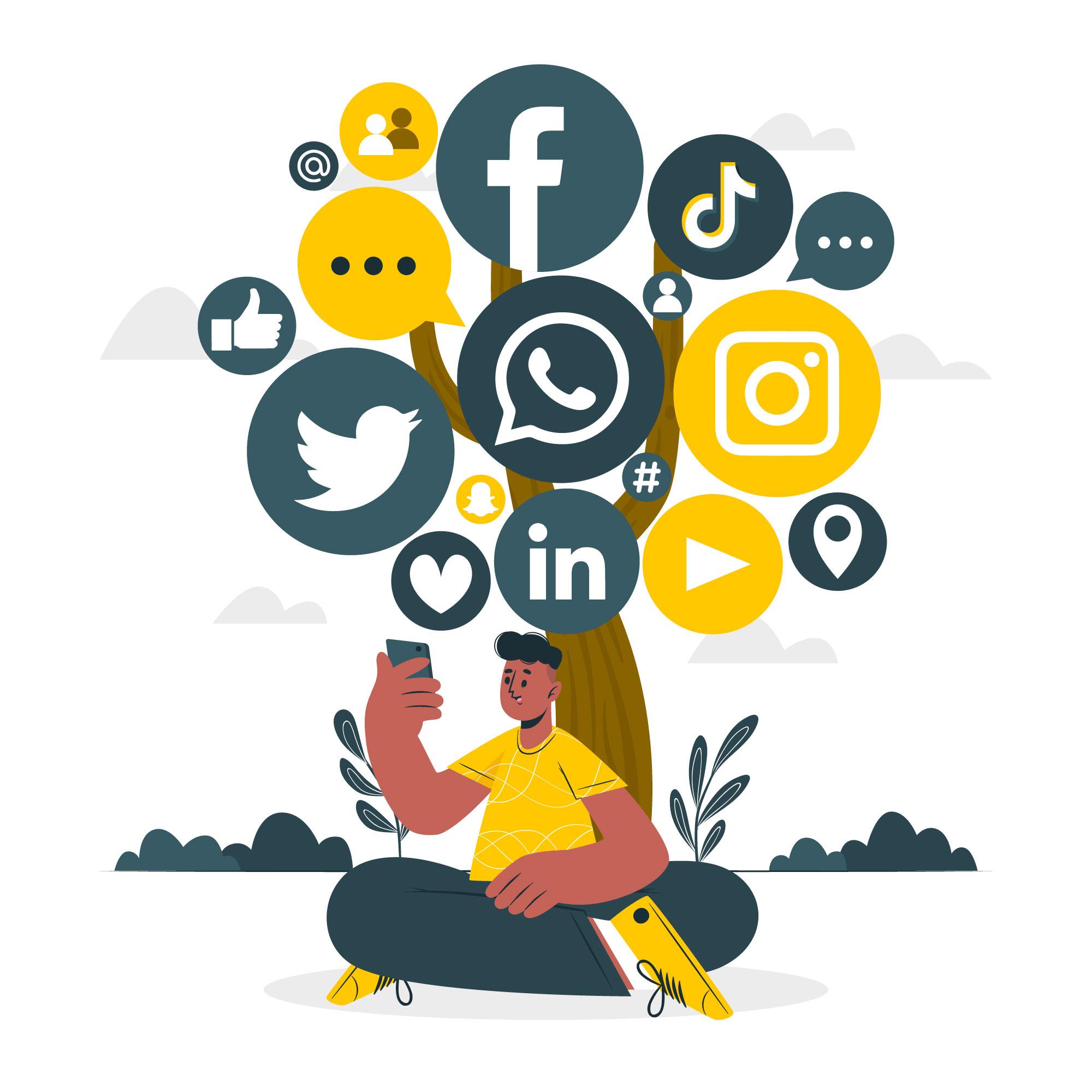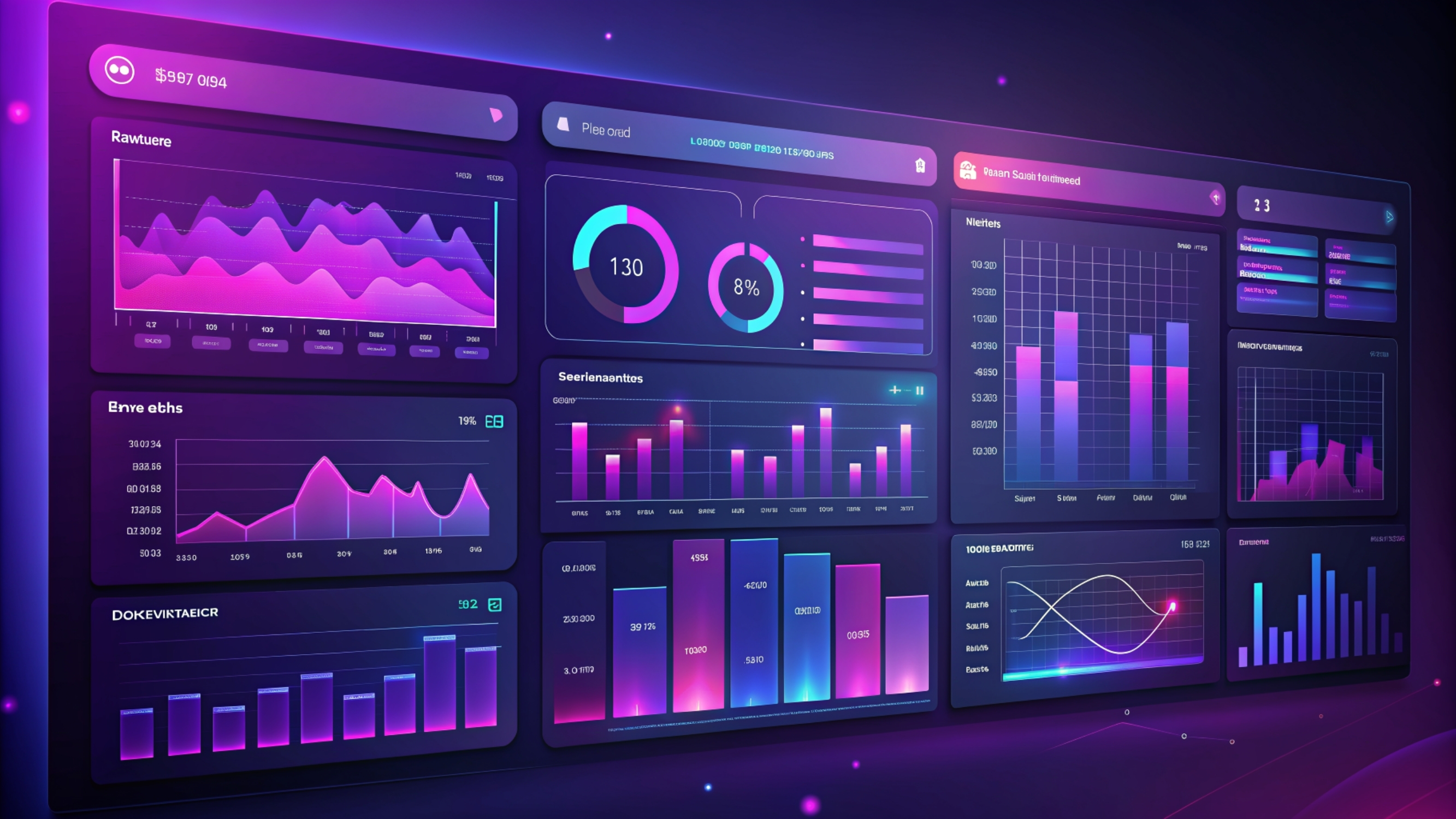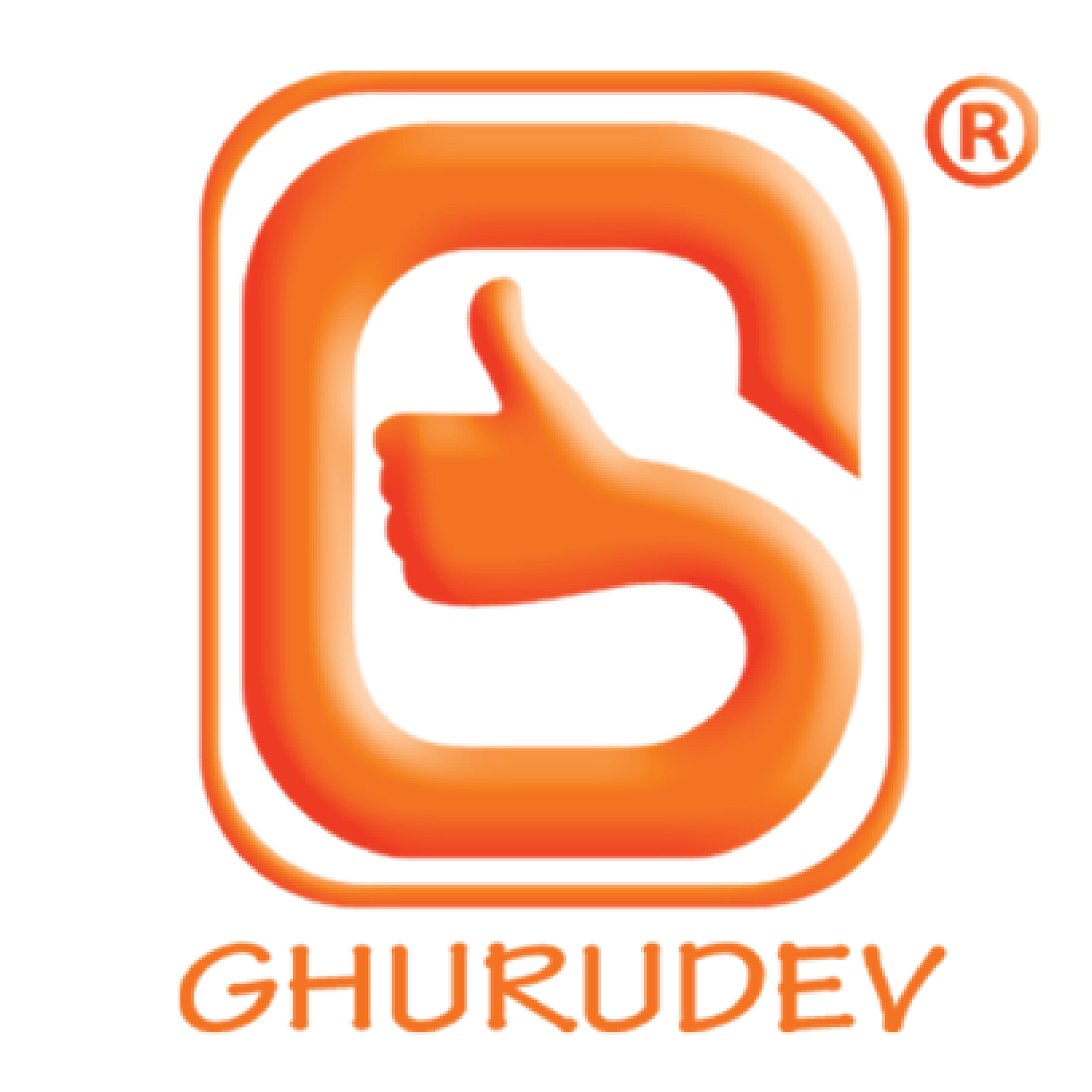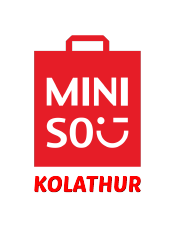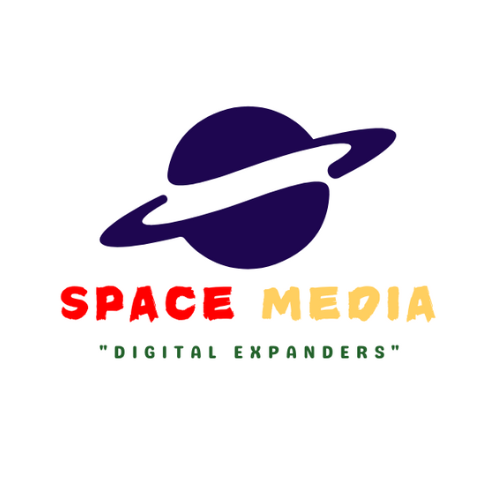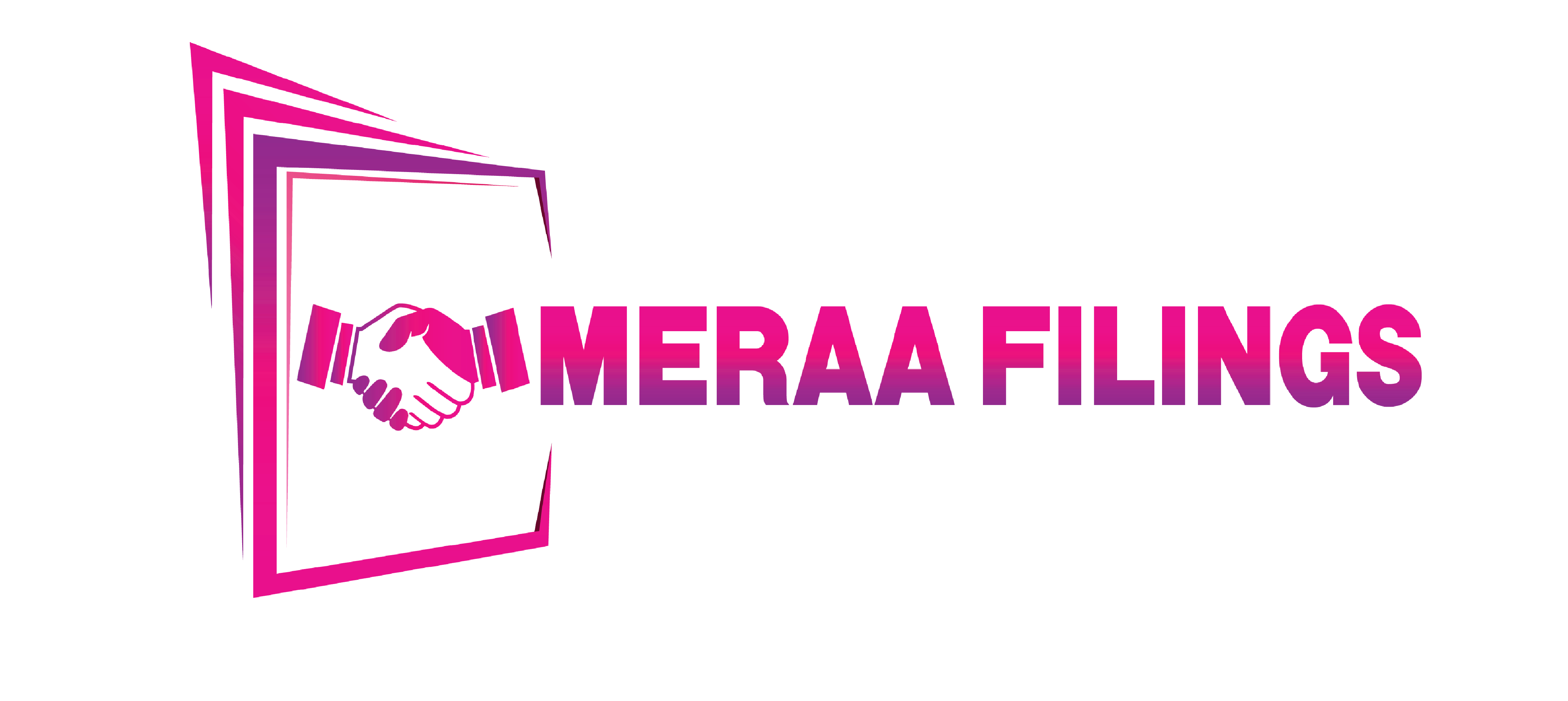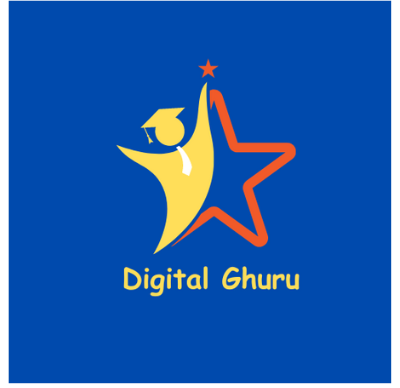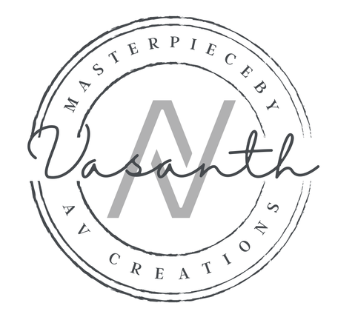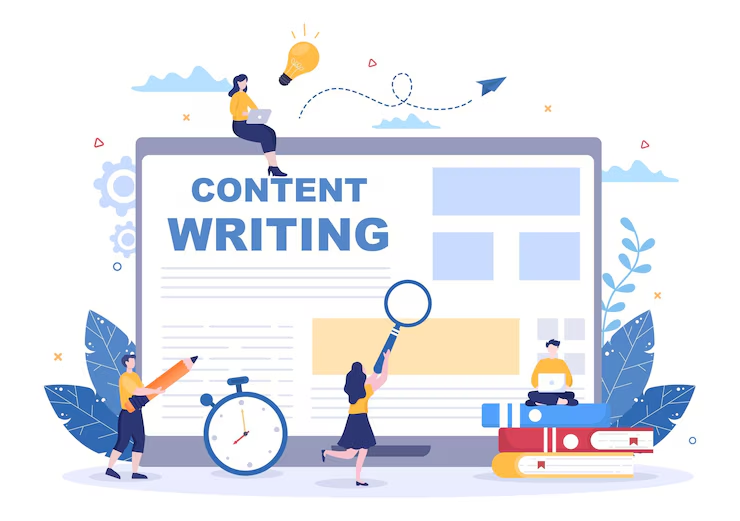
Will AI Replace Writers
For most people in the world of digital marketing and creating content, AI technology and machine learning haven't just taken the world by storm; they've changed it overnight.
Since it launched in November 2022, ChatGPT has made many dedicated content writers struggle to find the same amount of work to which their lifetime of sharpening is dedicated. Content marketers, who had their own ways of doing things, have suddenly found themselves trying to figure out where AI fits into the picture.
Meanwhile, AI interfaces like ChatGPT and Jasper prove useful but still have glaring limitations. But for how much longer? Will AI completely replace writers someday? How can today's content creators and marketers make the most of AI without falling into the traps?
Here, we'll answer questions like these and more, cover how to navigate today's quickly evolving marketing landscape so you can come out ahead on the other side.
Can AI Actually Replace Writers?
Most would say the writing has sounded incredibly human-like, and by and large, grammatically correct. Still, in many other ways, it often seems not good enough. AI-generated text frequently has a flat sound; it can be error-prone, repetitive, and full of circular talk. Artificial intelligence lacks that emotional depth, life experience, creativity, or spark that human writers give to a story to keep their readers tuned in.
In other words, no, AI can't actually replace writers. But it can make human writers and marketing teams more productive by streamlining the process of content production. The key will be in knowing when to use AI and when to leave a task to a human instead.
How Do AI and Machine Learning Work?
Artificial intelligence is a program, machine, or interface that can execute tasks a human would typically manage. The AI was designed to solve problems and process information in ways that genuinely duplicate the functionality of the human brain.
On the other hand, machine learning is AI's special capability of training itself through information, data, or other input so that it keeps "learning" in much the same way people learn. The quite-popular interfaces like ChatGPT, Midjourney, and models like it learn how to generate content originally just this way-through large caches of existing information fed to them by human users.
With all the recent hype about AI and machine learning, these subjects can seem quite new. However, the two have been in existence forever. In fact, the concept of "artificial intelligence" was first used in the 1950s, while its basic technology came as far back in time as the 1930s. Models have only recently reached a level where they could learn to generate human-similar original content at incredible speed, provided there is a prompt meant for humans.
How Is AI Used in Content Creation Today?
Over half of today's marketers make use of AI in diverse forms as part of their ongoing content creation strategies. Here's an overview of some of the most popular ways that content creation professionals are using the technology to streamline various aspects of their workflow:
Content creation
When most people think of AI in content marketing, content creation is probably one of the first real applications. Be it ChatGPT, Jasper, Writesonic, or any number of other tools, many marketers are using them to create everything from simple product descriptions to social media status updates to full-length articles.
But AI-generated text alone will probably not be sufficient to top rank on Google SERPs anyhow, without heavy human editing, fact-checking, and enhancement. For that reason, it should be used cautiously and in minimal amount.
Multimedia generation
Generative AI can also create an unlimited number of original visual images that marketers use to elevate written content, supplement social posts, or attach to graphic designs. Some of the most popular platforms and programs are Midjourney, DALL-E, and Stable Diffusion. Even Bing, Meta, and Google allow their users some capability to generate an image.
Recent technology now makes it possible for the brand manager and content creator to create original voiceovers and video, music, as well as audio effects. The current implemented offerings through technology are basic but are meant to develop more rapidly.
AI really shines in data analytics, and many other fields of knowledge, fast and accurate, more so than any human is capable of. AI can wade through enormous data for processing and analysis rather quickly, focusing on any important trend or pattern therein. Resulting from this, modern businesses and brands are using it to make sense out of vast caches of information for market research and in smoother content planning.
AI can also be used effectively to predict customer behavior based on collected data, past behavior history, etc. This is one highly anticipated example to keep an eye on; the same has been created using OpenAI's generative video app Sora.
Outlining and briefing
Even when AI cannot handle the complexity of a planned piece of content, it really can take out the guesswork from a planning process in the minds of content managers and writers. Examples might include AI helping with initial topic or keyword research, developing comprehensive outlines, or detailed content briefs that writers will work from.
Proofreading
Most of the popular writing assistants, including Grammarly and Hemingway, were powered with AI and have been behind-the-scenes players in the content creation process for many years. Due to the fact that such tools have already proven effective and easy to operate, they continue serving as a go-to staple not only for many writers, proofreaders, and editors but also for content managers.
Practical examples of AI applications in modern marketing Want to know how top brands employ the power of AI-driven tools to address audiences and speed up marketing workflows? Let's look closer at a few real-world examples:
Differences Between AI Content and Human Content
When ChatGPT first entered the market, it seemed that every woe in content marketing now had a talisman solution-from initiating fresh concept brainstorming to meeting ideal output speeds. Within a very short period, however, it became crystal clear that while AI assistants and other tools are going to enable content creation teams to be much more productive, they're very far from actually being able to do the job of a writer, an editor, or a thought leader themselves. Here's a deeper look at what makes AI-generated content different from human-crafted content.
AI content
It's true, AI-generated content might be just a quick and easy way to churn out reams of fresh content without investing significantly. But quality truly beats quantity, according to Google. AI content oftentimes lacks depth and personality, and it's tough to get that great factor when human creators are not delivering the content. It might even have some major potential issues, such as factual errors or infringements on existing copyrights.
Rather, an overdependence on AI content for powering a given content marketing strategy may have even bigger problems in store. Important pieces of content can fail to resonate with human audiences and drive conversions if they are fully AI-generated. Authority cred and SERP rankings that have been hard-earned can also take a plunge: Google frequently penalizes sites that publish content with a high probability of being AI-generated.
Human content
Human-created content takes more time and, later down the line, takes much more investment in the content strategy. It has its perks that AI just can't provide at the same level. Perks like genuine original thinking, creativity, and insight are only doable with people. They can also write from experience and expertise that brings value to key content pieces.
With the right content solutions, for example, you will still find affordable and scalable ways to tap into teams of human writers. For example, you can continue to have ongoing access to the tens of thousands of subject matter experts, certified professionals, experienced copywriters, and other professional content creators that are part of trusted content creation platforms like Crowd Content.
Ready to see what the right professional writers can bring to your content strategy? Explore Crowd Content's catalog of professional content creation services today, including article writing, copywriting, and ghostwriting options.
How Does AI Help Complete Writing Tasks?
AI technology should not be considered as something that would override creative work done by human writers. On the contrary, it needs to be perceived as a tool to which teams can be updated to maintain a particular tempo. Below are some examples of how this AI technology can actually streamline current methods of content production and make the lines more productive.
Brainstorming and ideas
Everyone, even the best and most experienced writers, will run into a writer's block at one time or another. Especially true when they have to manage many places where the content is posted: websites, blogs, and social accounts. Anything that can help to regain the creative solutions of the mind can be a massive help.
AI tools can be really effective at this. They might brainstorm ideas on writing topics that are relevant, ideal keywords to use, hot topics to chime in on, and unusual angles to explore based on your target audience.
Structure and outlines
Writers use the AI to hammer out the basic structure of a piece they plan and then finish it, actually writing. AI can give you, from start to finish, helpful sample outlines and also suggest headings, chapter titles for longer works, social media captions, etc.
Creation of Drafts
Even though most professional writers will not use AI-generated text on the job, it can be used to write rough drafts or make the process easier for texts such as large-volume product descriptions or social media captions. The work of some writers even centers around humanizing AI-generated content for clients and brands. This then leads them to perform other tasks such as fact-checking, personalization, general editing, and enhancement in order to make the text flow more efficiently.
Even the savviest of writers know that AI does make mistakes, but it can still be a useful asset in performing initial research or data analysis. Most AI programs will also take the guesswork out in trying to optimize a particular piece of content for SEO or to suit a certain audience. Period.
Indispensable tools like Grammarly or proofreading assistants allow writers to bring their A-game to the table every time they sit down to write. Such tools help catch spelling errors, grammar proofing, and suggest stylistic changes that might help with the flow, among others.
More popular tools of the trade
With the explosion of AI technology and writing assistants, there is an entire set of options available in content creation. Most popular and in use include:
Grammarly: If a given creator relies on one single AI-powered tool, it's probably Grammarly. Grammarly offers some perks to writers, including real-time spelling, grammar, and even tone suggestions. As with most AI-powered tools, it is still worth using with caution since its suggestions are not always correct.
Jasper will eliminate a lot of the guesswork about who you are supposed to target with your message and what is supposed to be said in that message. It also helps speed up the creation process. Jasper is not 100% accurate, and some creators argue that Jasper is expensive. It's also fast, accessible, and free, which are three great assets in a content creation program, particularly for those with limited exposure to AI. Meanwhile, it does tend to err. Plus, the more familiar people become with ChatGPT, the easier it gets to identify the content it creates.
Midjourney: For creators looking to pull from an endless stash of fresh artwork to accompany their blog posts, social media shares, or client copy, Midjourney is a great asset to have in the back pocket. You actually need to have a fairly good handle on Discord to engage with it, and this is pretty overwhelming for new people.
Do AI-based content detectors even work?
Special AI content detection tools, such as Originality AI and GPT Zero, boast functionality enabling them to detect AI-generated content. However, the fact remains that the so-called 'detection' tools do their magic through the limited scanning of specific patterns in content that human writers are more likely to use. This means results obtained can never be taken completely for granted; rather, they must be viewed with a grain of salt.
For content managers who want an easy way to spot potential AI content, look for common tells like:
 Weird phrasing and puffery
Weird phrasing and puffery
 Repetition and circular talking
Repetition and circular talking
 Predictable flow and sentence progression
Predictable flow and sentence progression
 Noticeable lack of depth, personality, or human insight
Noticeable lack of depth, personality, or human insight
 Ethical concerns with AI-generated content
Ethical concerns with AI-generated content
As exciting and useful the generative AI technology may be, it also means that it is very important for writers and content managers alike to be very conscious of how they apply it. Currently, most LLMs used in training AI tools present ethical and copyright issues. The ease and access to generative AI are influencing the livelihood of real human writers, too, and for that reason if no other, all the more it is in everyone's best interest to commit to ethical, responsible use of AI tools. Here are some best practices and tips to keep in mind:
And instead of the headliner, make AI the supporting player in your ongoing creation routine. Ethically, AI is best used in support of human creativity rather than displacing it.
Content created by AI should always pass through a human's hands before publication, meaning at least revised and meticulously polished by an experienced human editor.
If the created content is either 100% AI or contains a sizable amount of AI-generated material, it would be ethical to disclose this to your audience, clients, publisher, etc.-pretty much anyone who may have a vested interest in the origin of what has been written.
Don't use AI to steal other writers', artists', and creators' styles; use it to enhance your unique style and bring the best out of it.
Responsible creators, of course, verify the accuracy of this information, running it through standard fact-checking procedures, checking for potential plagiarism issues, and so on, before actually making use of it. They further recommend scanning the output for cultural and ethnic or, say, gender-based biases that otherwise stand to alienate the readers. Practical Tips and Best Practices for Integrating AI Into Your Workflow Ready to make today's hottest AI tools and platforms a part of your brand's ongoing workflow? Consider the following expert tips and best practices for putting AI to work for you.
Leverage AI for repetitive tasks
AI is great to automate processes that can be monotonous for humans, speed up those processes, and take away all possibilities of human errors. Data sorting and analysis are great examples of this. A lot of content marketing teams use it for automating email marketing campaigns, segmenting customer databases, and discovering important consumer or web visitor behavior patterns.
Start Small and Take It from There
Like with all new equipment and marketing methodologies, techniques, and tools powered by AI are best adopted one step at a time. Pinpoint one or two tasks you could use some help with, and experiment a little to get a feel for what really works. To achieve the best outcome, make sure you pick use cases well-aligned with your long-term goals in content marketing and your overall business objectives.
Engage key team members.
Consider the potential resistance to change if you have a larger content production team. Many people don't handle change well under the best of circumstances, and there are certainly some that are nervous about the use of AI. Try to involve as many leadership and management personnel in the integration process as you can, and try and come up with a plan for making the transition smooth for the team.
No two brands are alike; therefore, no two content-creation approaches should be either. What works like gangbusters for your peers may not work for you at all when it comes to deciding where AI fits into your workflow. For instance, if you don't really have a need for AI-created written content but could really benefit from a way to generate original images, skip ChatGPT and go with something like Midjourney or DALL-E. Try some different approaches on for size, to see what's the best fit for your brand.
Embrace ways to make your work different.
Therefore, if you are a content writer, you should get AI content; but go into it fully aware of the fallibility at play. The three great risks of AI content are woodenness, errors, and shallowness. It's perfectly okay to let AI do the heavy lifting with stitching together a great potential article, but it's up to you to add that panache of personality, depth, skill, and creativity that only a human writer can provide. Consider how you might bring the best of those into AI content to breathe life and vibrancy into it.
It's worth considering ways in which one can make themselves stand apart as content creator and service provider. Basic writing skills don't quite cut it in an era where the client can literally go to ChatGPT and get some free content that more or less does the bare minimum. Specialize in a niche, dedicate your focus to a unique quality only one's writing has, or find another way to set yourself apart.



